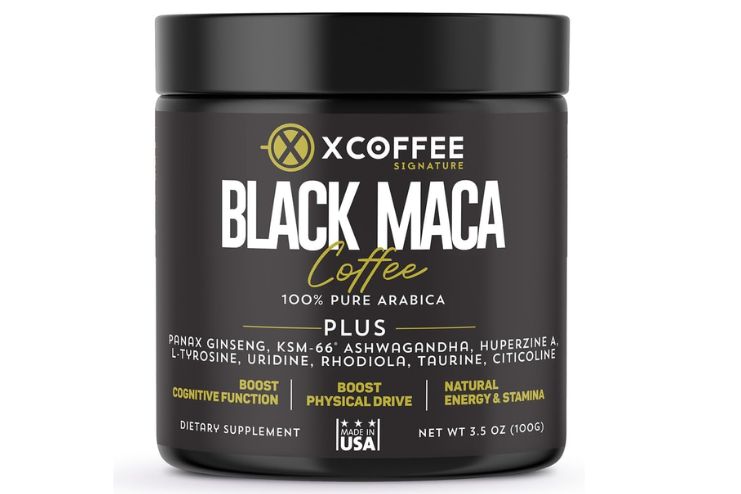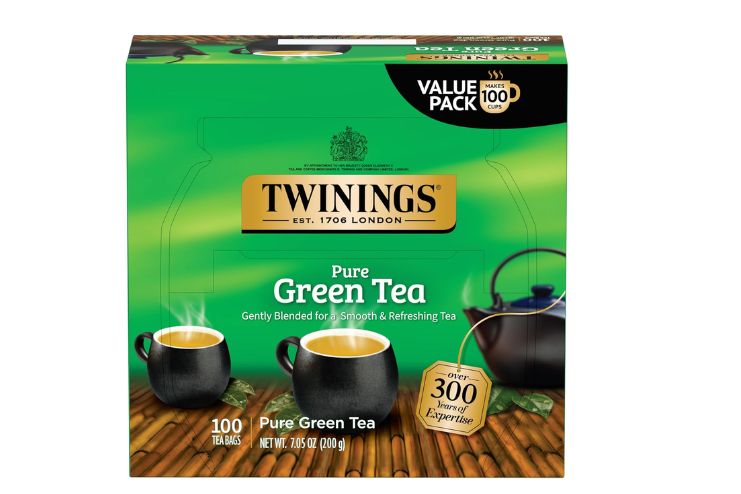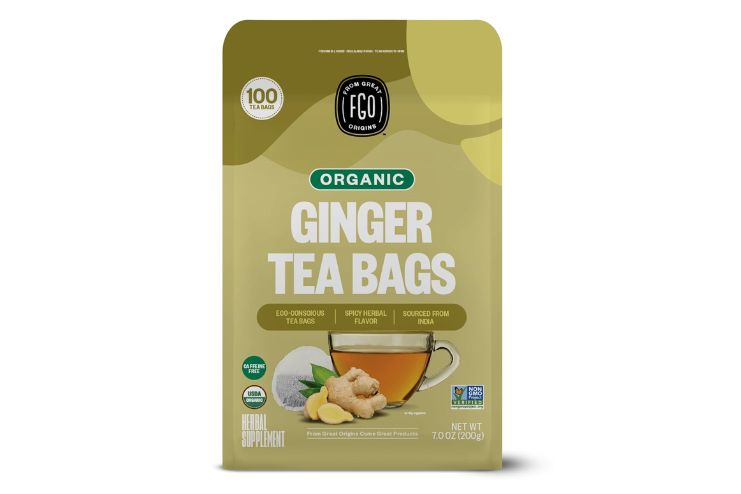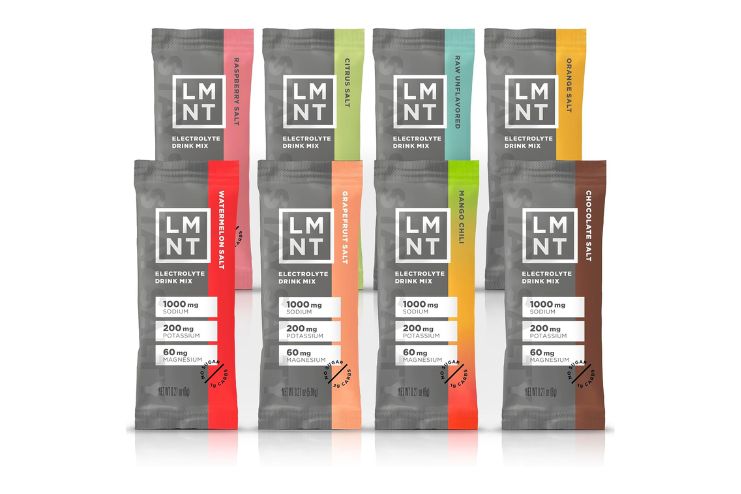Affiliate Disclaimer
Some links in this article are affiliate links. We may earn a small commission if you make a purchase through these links, at no extra cost to you. We only recommend products we find useful to our readersIntermittent fasting is one of the most popular approaches to weight management, health optimization, and improved metabolic function. However, hunger pangs are a common challenge many face while fasting.
These can be distracting and uncomfortable, but understanding the science behind them and having effective strategies for handling them can make fasting much more sustainable and enjoyable.
Here’s how we will help you with simple, evidence-backed strategies to fight hunger during your intermittent fasting and keep you on track toward your fasting goals.
Hydration: Your First Line of Defense Against Hunger

Hydration is one of the easiest and most effective strategies for controlling hunger while undergoing intermittent fasting. People are confused by their thirst, causing them to consume food when their bodies need water.
Proper hydration helps decrease the sensation of hunger (R), maintains body functions, and sustains energy levels throughout the fasting period. It also fills your stomach and makes you feel fuller.
In some cases, hunger simply masks dehydration. Try to consume a lot of water throughout the day, even during the fasting window. Herbal teas such as peppermint or chamomile can be soothing and hydrating and add variety to plain water.
If you want to add flavor, lemon water or electrolyte-infused drinks can be refreshing choices that won’t break your fast.
Also, Read: Avocados Can Suppress Hunger, New Study Suggests
Choose the Right Foods During Eating Windows

Selecting nutrient-dense foods during your eating windows is crucial for managing hunger and supporting the benefits of intermittent fasting. Focusing on whole, unprocessed foods can help maintain satiety and provide essential nutrients.
1. Prioritize Protein and Fiber
Incorporate lean proteins and high-fiber foods into your meals to promote feelings of fullness (R) and stabilize blood sugar levels. Examples include:
- Lean Proteins: Chicken, turkey, fish, eggs, and plant-based sources like lentils and beans
- High-Fiber Foods: Vegetables, fruits, whole grains, and legumes
These foods keep you satisfied and contribute to the preservation of muscles.
2. Include Healthy Fats
Healthy fats will benefit you for extended periods by keeping you satiated (R) and supplying your body with a longer-lasting energy source.
- Avocados: A source of monounsaturated fats and fiber
- Nuts and Seeds: Almonds, walnuts, chia seeds, and flaxseeds
- Olive Oil: Healthy fat for cooking and dressings
These fats will keep you fuller, and they will also add to your cardiovascular health.
Also, Read 18 Healthy Fats To Eat For A Healthier Well-Being
3. Choose Whole Grains
Choose whole grains for refined grains to gain more fiber and nutrients. Examples include:
- Quinoa: A complete protein and full of dietary fiber
- Brown Rice: More fiber and nutrients than white rice
- Oats: Useful in so many meal items
Whole grains keep energy levels steady and also assist the digestive process.
4. Limit Processed Foods
Minimize consumption of processed and sugary food, which might cause blood sugar to rise fast and fall back down quickly, increasing hunger. Instead, focus on whole, unprocessed foods to stabilize energy with less craving.
Thus, by carefully selecting the correct type of food when you open your eating windows, you can also manage hunger effectively and reap the full benefits of intermittent fasting.
Incorporate Hunger-Suppressing Beverages

The right drinks during intermittent fasting can help reduce hunger and support their fasting goals. Some of the beverages to be incorporated include:
1. Black Coffee

Black coffee is taken during fasting. It contains almost no calories, and caffeine stimulates the nervous system, which may increase metabolic rate and heighten fat oxidation. However, for the desired fasting effects, it must be taken without sugar, cream, or milk.
2. Green Tea

Green tea’s polyphenols, especially catechins like epigallocatechin gallate (EGCG), improve metabolism rate (R) and sensitize you to insulin. It also increases fat burn, and its little to moderate caffeine content makes it appropriate.
3. Herbal Teas

Herbal teas such as peppermint, chamomile, and ginger can be very soothing and hydrating when fasting. They usually do not contain caffeine and thus help alleviate hunger. They also have numerous health benefits, like aiding digestion and promoting relaxation.
4. Lemon Water
Adding a slice of lemon or a splash of lemon juice to water can add flavor and provide vitamin C, which helps support immune function and overall health. Lemon water can also help with digestion and act as a mild diuretic, helping to keep the body hydrated and flush out toxins.
5. Electrolyte-Infused Water

Electrolyte-infused drinks can help replenish minerals lost during fasting. Opt for those without added sugars to maintain the benefits of fasting. These drinks can support hydration and help prevent dehydration symptoms.
Keep Busy: The Role of Distraction in Managing Hunger

Generally, it is hard to control hunger during the fasting period. Not thinking about food much can help to reduce hunger pangs to a great extent.
- Engage in Physical Activity: You can direct your attention away from hunger by doing light exercises like walking or stretching. Such activities stimulate the endocrine system to release endorphins, which help improve mood and may even suppress your appetite.
- Pursue Hobbies and Interests: Hobbies such as reading, painting, or playing a musical instrument could keep your mind occupied without much thinking about food. It makes the fasting periods shorter and more bearable because you’re having fun.
- Practice Mindfulness and Meditation: Mindfulness techniques tend to make you more aware of your hunger cues, distinguishing between real hunger and habitual eating. Meditation also benefits you by reducing stress, which is most often a trigger for unnecessary eating.
- Plan Your Meals: Knowing that there will be a controlled meal plan reduces the frequency of snacking outside of eating windows. You can concentrate more and not tend to have an impulsive snack when you know when the next meal is.
Also, Read Rediscovering Purpose: Embracing Passion and Growth in Retirement
Practice Smart Timing with Fasting Windows

The strategic timing of your eating and fasting periods can enhance the effectiveness of your intermittent fasting schedule and better control hunger. Some approaches are given below:
- Align Eating Windows with Your Daily Schedule: Select your eating window for the day, keeping in mind and scheduling it according to your busy daily schedule—for example, the 16:8 fasting timetable. You eat between 12:00 p.m. and 8 p.m. You can dine at lunch and dinner during social and work hours.
- Start with Shorter Fasting Periods: If you are a beginner, start with a 12-hour fasting window and increase it as your body gets accustomed to the process. This will allow you to determine what pattern feels best and smooth the transition.
- Consider Early Eating Windows: Eating earlier in the day, such as having dinner by 5:00 PM, is in sync with natural circadian rhythms and may enhance metabolic health and weight management. It can also avoid unhealthy late-night snacking associated with unhealthy food choices.
- Customize Your Fasting Schedule: Fasting is not one size fits all. Experiment with your fasting and eating windows to determine what suits your lifestyle and hunger patterns.
For example, some people may opt for a 14/10 schedule, where they eat between 10:00 AM and 8:00 PM, while others may prefer a 5:2 approach, where they usually eat five days a week and restrict calorie intake on the remaining two days.
Cheat the Fast (If Necessary)

While strict intermittent fasting schedules suggest complete abstaining from food intake, some people may find it hard to fully comply with these recommendations. Small-calorie alternatives can reduce hunger without interrupting fasting patterns.
- Bone Broth: Bone broth is low in calories and a good source of components such as collagen and electrolytes. A small amount may overcome hunger and hydrate individuals during fasting times.
- Zero-Calorie Beverages: Some flavored waters or electrolyte-infused beverages have negligible calories and can be consumed during fasting windows. In this case, these drinks must have minimal to zero calories to reap the rewards of fasting.
- Herbal Teas: Herbal teas are usually low-calorie and could be comforting when fasting. Moreover, they are known to keep one whole, which helps keep hunger at bay.
While these low-calorie options can help with hunger, they should not be overused. Overuse might interfere with fasting and diminish the benefits of such a process. Whole, nutrient-dense foods always take precedence when eating.
Also, Read: Are Cheat Days Good or Bad for Weight Loss? Exploring the Pros and Cons
Listen to Your Body: Knowing When Hunger Is a Sign to Break the Fast

Intermittent fasting involves periods of eating and fasting, which can sometimes cause hunger pangs. The most important thing to know is when these signals mean it’s time to end your fast to maintain health and well-being.
- Understanding True Hunger: True hunger is a physiological reaction indicating the body needs nourishment. It is accompanied by a sensation in the mouth and throat, similar to thirst, rather than a gnawing pain in the stomach.
If true hunger is ignored, health problems can be caused because the body needs nutrients to function correctly.
- Distinguishing Between Hunger and Cravings: One needs to distinguish between actual hunger and cravings. Cravings are usually related to any emotional state or food desire, while true hunger is usually a general want for food.
Listening to the body’s natural hunger signals might help one make wise decisions about when to eat.
- When to Break the Fast: You should break the fast if you genuinely feel hungry while fasting. Otherwise, you risk becoming irritable and tired and causing other health complications.
When you eat a balanced meal full of protein, healthy fats, and fiber, your hunger will be satisfied, and you will experience sustained energy.
- Listening to Your Body: One must recognize the body’s signals. When dizziness, weakness, or illness occurs, it’s time to end the fast and consult a doctor if necessary. Fasting should be a flexible practice based on one’s body and lifestyle.
Also, Read Intermittent Fasting vs. Intuitive Eating: Which Is Right for You?
Conclusion
Intermittent fasting can be a potent tool for weight management and overall health improvement.
Of course, hunger is one of the common challenges of this type of diet. Still, it is manageable with the right strategies: staying hydrated, eating nutrient-dense foods during eating windows, drinking hunger-suppressing beverages, staying busy to distract from cravings, and practicing wise timing with fasting windows.
Remember that listening to your body is essential; true hunger is a signal that should not be ignored. With the right approach, intermittent fasting can be a rewarding and effective lifestyle choice that supports long-term health goals.
Experiment with the strategies outlined in this article to find what works best for you, and enjoy the benefits of fasting without the discomfort of constant hunger.
By making intermittent fasting work for your body and lifestyle, you can embrace a healthier, more balanced way of eating.
References
- https://time.com/7199885/is-intermittent-fasting-good-for-you
- https://www.health.com/fasting-8620781
- https://nypost.com/2024/11/01/lifestyle/3-weight-loss-strategies-revealed-as-most-effective-new-study
- https://www.vitalitygroup.com/insights/food-first-line-defense-health
- https://zoe.com/learn/what-to-eat-or-drink-while-intermittent-fasting
- https://www.medicalnewstoday.com/articles/327398
- https://health.usnews.com/wellness/food/articles/intermittent-fasting-foods-to-eat-and-avoid
- https://www.healthshots.com/healthy-eating/nutrition/drinks-for-intermittent-fasting
- https://zerolongevity.com/blog/what-can-you-drink-during-intermittent-fasting
- https://simple.life/blog/intermittent-fast-without-being-hungry
- https://scitechdaily.com/8-ways-to-curb-cravings-during-intermittent-fasting
- https://slimfast.com/intermittent-fasting/managing-hunger-while-intermittent-fasting
- https://www.allaboutfasting.com/safe-fasting-true-hunger.html
- https://www.anytimefitness.com/ccc/nutrition/how-to-hear-to-your-hunger-and-fullness-cues
- https://www.mindbodygreen.com/articles/how-do-you-know-whether-to-push-through-fast-or-eat-something
In this Article


















